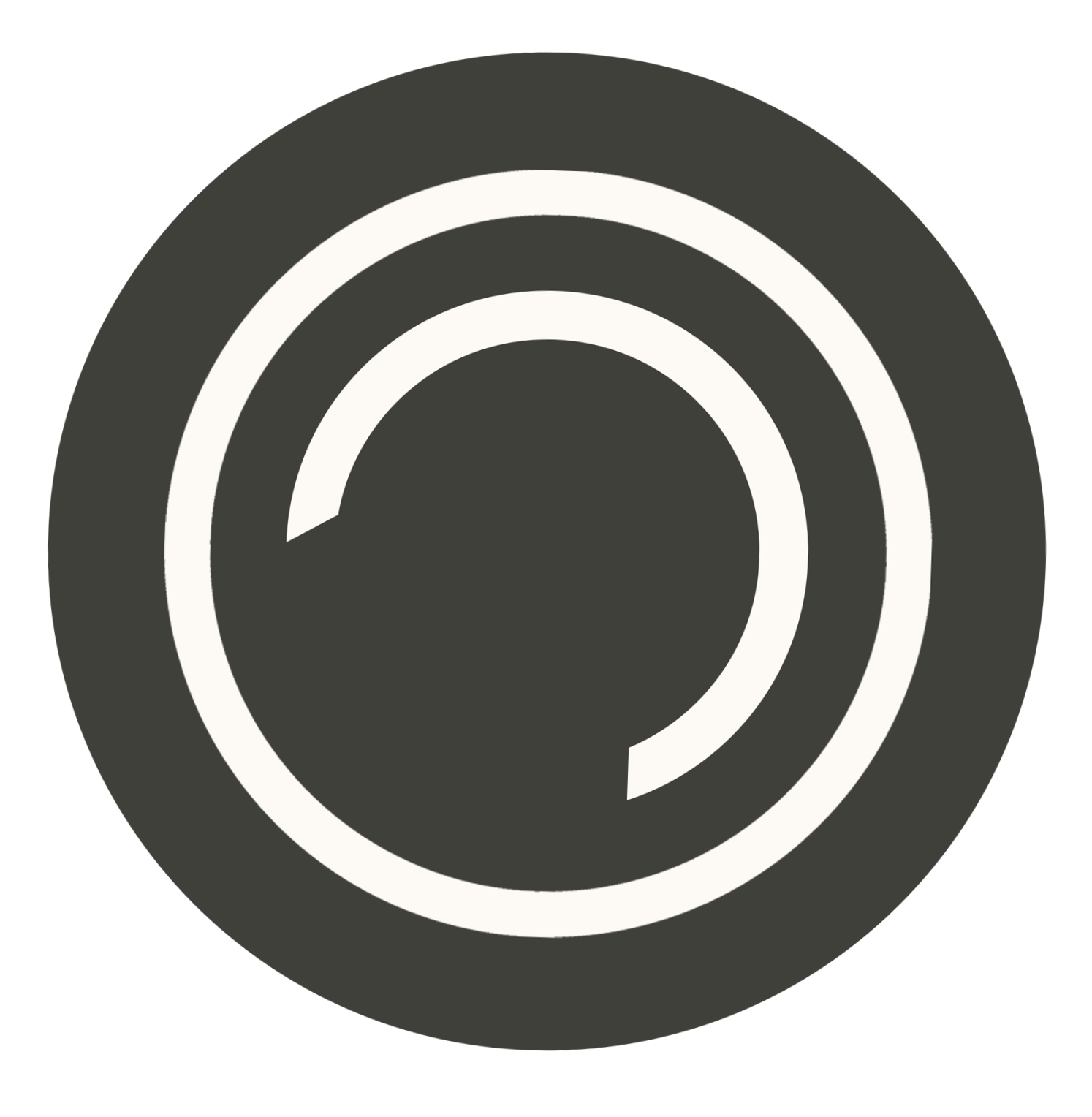
How To Trade It: Trader Insight from Profitable Traders
Casey Stubbs
Podcast
Episodes
Listen, download, subscribe
Join The Option Professor, Jim Kenney, As He Shares 35 Years of Knowledge & Experience, Ep #135
• 46 minJim Kenney, fondly known as The Option Professor, is a graduate of Boston College & Don Bosco Prep. He received his options training at the Chicago Board Options Exchange (CBOE) and several major investment firms. Jim has traded thousands and thousands of options contracts in various markets and has educated numerous investors worldwide on the use and risk associated with options. In this episode of How To Trade It, Jim discusses the benefits and risks for both beginners and experie...
How To Trade It: Trader Insight from Profitable Traders RSS Feed




